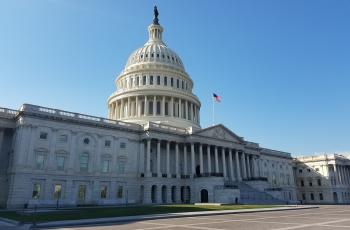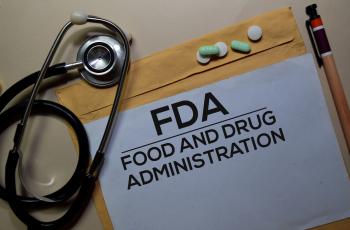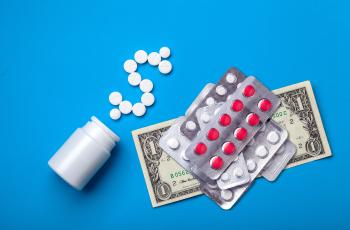What Diabetes Advocates Can Learn from the Response to the Opioid Crisis
President Trump signed into law this week a sweeping telemedicine bill designed to tackle the opioid crisis. The new law will use telehealth and telemedicine to better support rural populations disproportionately hit by opioid addiction and to provide training to healthcare providers in these areas.
The bill passed with overwhelming bipartisan support in both the Senate and House. Such legislative action is both welcome and warranted: An estimated 72,000 people in 2017 died of overdoses from opioids like fentanyl and heroin, taken either as painkillers or recreational drugs. That death toll is close to that of diabetes, especially the far more prevalent type 2: Almost 80,000 death certificates in 2015 listed diabetes as the primary cause of death, with a quarter-million more listing the disease as a contributing factor in the person’s death.
Yet diabetes is largely off Congress’s radar. Our interest here is not in replacing the focus on the opioid crisis with one on diabetes, as both deserve urgent attention. Rather, what can we as diabetes advocates learn from the response to the opioid crisis? What has helped build the political will for action like this new law?
Let’s start by taking a closer look at the law itself. The consensus from anti-opioid advocates and public health experts is that the law makes largely positive changes to rules and regulations around access to addiction treatment and around research into alternative painkillers. What the law doesn’t do is provide the estimated tens of billions of dollars needed for a massive expansion in addiction treatment, which the expert consensus holds is the only way to end the epidemic.
That may sound dispiriting, but a bipartisan health bill that is limited but effective – passed just weeks before an election, no less – is still an achievement and one that we would welcome for diabetes. This new law can help set the parameters of what’s realistic in the near term for diabetes-related legislation. While massive public investment in diabetes and obesity initiatives is a big ask, more modest steps like continued expansion of efforts like the Diabetes Prevention Program could be feasible.
Pointing to the collective harm of diabetes – not just the deaths or the more than 30 million affected, but also the estimated $327 billion cost – is not enough to spur legislative action as long as the responsibility for diabetes is still seen as individual. Diabetes does not offer a straightforward or singular a guilty party, which is why it remains all too painfully common for people – including those in high office – to see it as the result of bad choices or personal failure. Reducing stigma is crucial, and here a focus on childhood health may be an especially good bet, as children tend to be more shielded from health stigma than adults. Childhood health initiatives are not immune from political controversy, but the recent increase in childhood type 2 diabetes may spark the same kind of public alarm that opioids’ rising death toll did.
We shouldn’t pretend diabetes is a simple issue – no one pretends that about opioids either – but being able to present a clear first step toward a solution is vital. What's the one thing that can be done today?
Diabetes is complex, pervasive, and devastating. It's the same as the opioid crisis in all those respects. The spike in opioid-related deaths has given the crisis clarity and urgency in legislators’ eyes that diabetes doesn’t seem to have. This is the difference between the ever-present risk of lethal overdose and a chronic, more incrementally deadly condition. Diabetes needs to be seen as a problem that can and must be solved – if not completely, then at least significantly, and in a way that can then open up further avenues for more far-reaching and granular care once a precedent is established. As we celebrate the advance for public health this telemedicine bill represents, let’s also learn that lesson.


